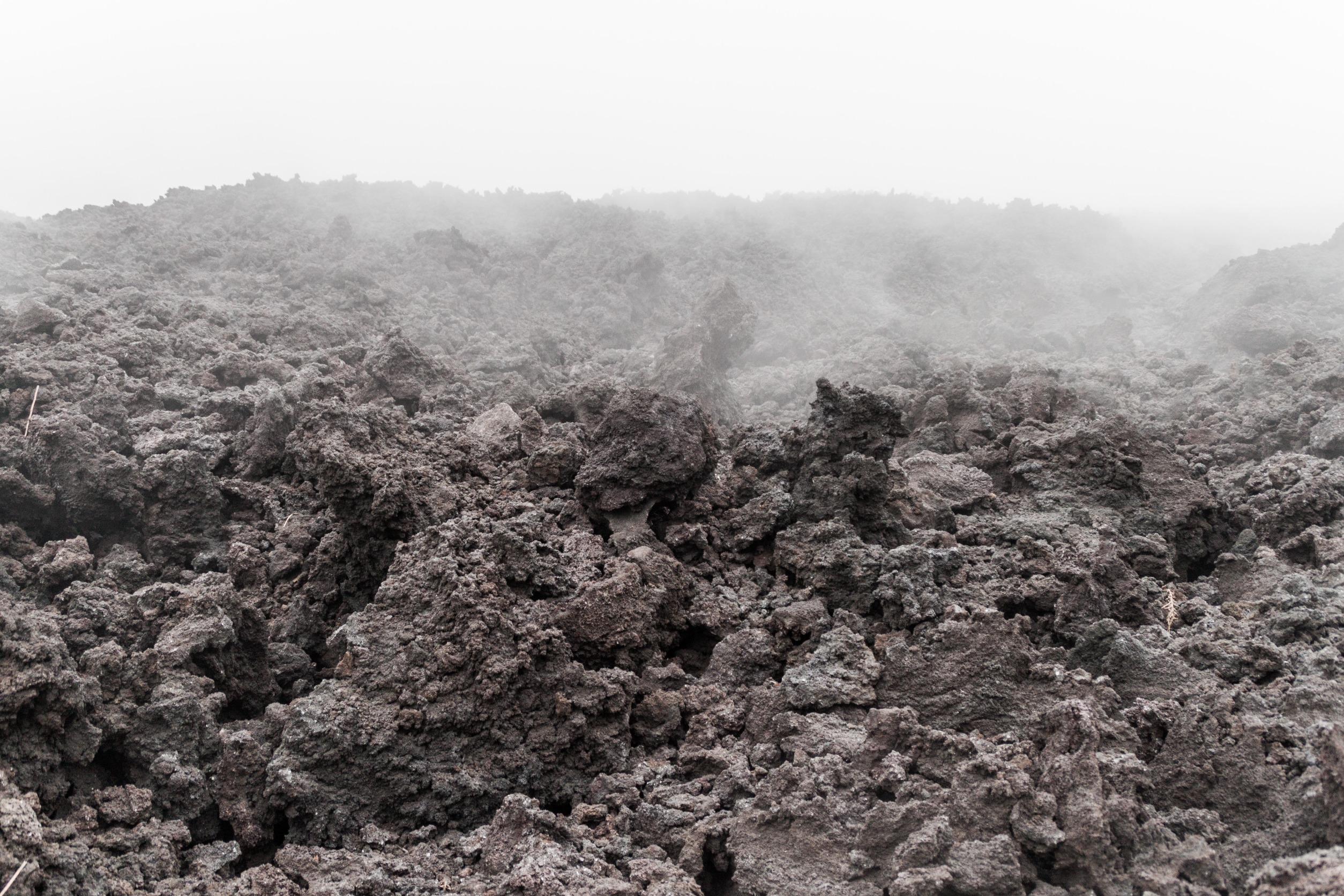Do you often find that your hands and feet are colder than the rest of your body? This can be perplexing, especially when gloves and socks don’t do the trick. Fortunately, it seems as though there is another way you can treat your chilly extremities that don’t require extra items of clothing. Instead, try to keep your toes and fingers warm by changing the way you breathe.
The link between breath and cold extremities
Breathing expert Patrick McKeown says that cold hands and feet commonly plague people with poor breathing patterns. When you breathe too hard or too quickly, your blood vessels become constricted, which causes less oxygen to be distributed through your body. However, when you breathe slowly through your nose, your body releases nitric oxide, a molecule that plays an essential role in increasing circulation and delivering oxygen into cells.
Also, if you over-breathe, then you expel too much carbon dioxide, which helps regulate blood pH, so having too little of it is not a good thing. According to McKeown, losing too much carbon dioxide leads to a surge in blood pH. This means that hemoglobin, the main carrier of oxygen in the blood, has more trouble releasing oxygen. This reduction in oxygen in blood vessels is likely the cause of your cold hands and feet.
What to do about it
There are many explanations for having cold hands and feet, but if you think that your breathing habits are keeping your fingers and toes icy, then trying to focus on your breath may be a worthwhile remedy to try. Here’s how to warm yourself up by strengthening your breathing.
First, be aware of how you’re breathing. If you tend to breathe through your mouth, your breathing may be faster and may only reach the upper chest. Nasal breathing, on the other hand, helps bring oxygen and nutrients to your cells.
McKeown suggests putting one hand on your chest and one hand above your belly button. Start slowing down your breathing and focus on the airflow coming into the nose, then release it gently, again through your nose. If you feel as though you want to inhale again, it “signifies that carbon dioxide has increased in the blood,” and you may be moments away from warmer extremities.












